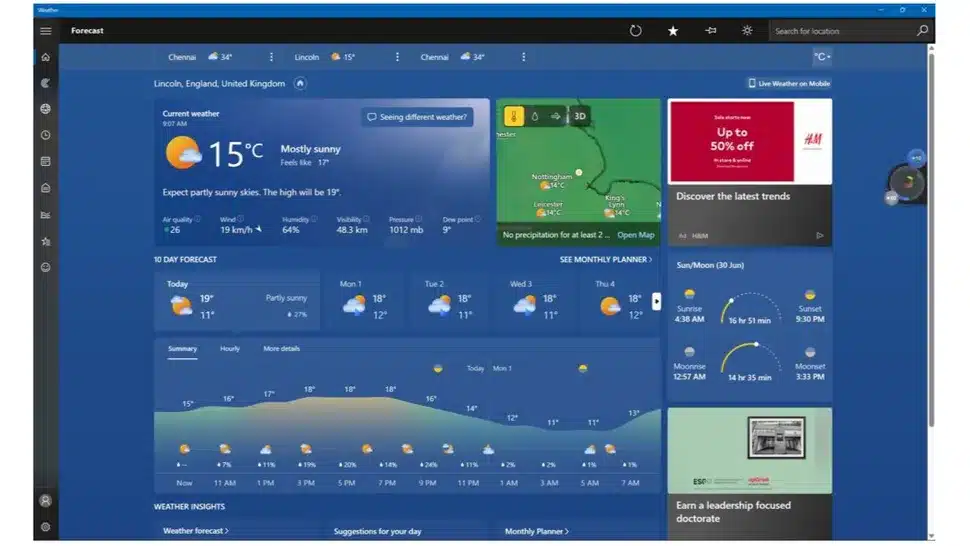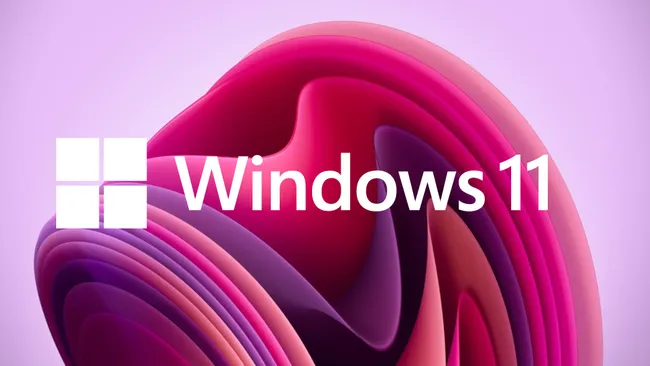Microsoft has a long-standing reputation for its robust operating systems and innovative software solutions. However, its recent strategies involving the incorporation of ads within its operating system have sparked considerable frustration among users. The latest example is the MSN Weather app, which has become the center of controversy due to intrusive advertising. This detailed article delves into the issue, exploring user reactions, potential reasons behind Microsoft’s decision, and the broader implications for the user experience.
The Rise of Ads in Windows
The integration of ads into the Windows operating system isn’t a new phenomenon. Microsoft has gradually increased the presence of advertisements across various built-in apps and services. From the Start Menu to File Explorer, users have reported seeing ads in places that were traditionally ad-free. While some users understand the need for monetization, the invasive nature of these ads has become a significant pain point.
The MSN Weather App Controversy
The MSN Weather app, a popular tool for many Windows users, recently began displaying ads, much to the dismay of its user base. The weather app, known for its clean interface and reliable weather updates, now interrupts users with ads, detracting from the overall experience. This change has led to a surge of complaints and negative feedback from the community.
User Reactions
Users have taken to social media and forums to express their dissatisfaction with the ads in the MSN Weather app. Many feel that the inclusion of ads in a utility app is unnecessary and disrupts the seamless experience they expect from Microsoft products. The sentiment is clear: users are not happy with the direction Microsoft is taking.
Impact on User Experience
The primary concern among users is the impact on their experience. The MSN Weather app was valued for its simplicity and functionality. By introducing ads, Microsoft has compromised the app’s usability. The ads are seen as intrusive, often appearing at inconvenient times and disrupting the flow of information.
Why Microsoft is Pushing Ads

To understand why Microsoft is integrating ads into its operating system and apps, it’s essential to look at the broader business strategy. Here are some potential reasons behind this move:
Revenue Generation
One of the most apparent reasons for the introduction of ads is revenue generation. As a major tech company, Microsoft continually seeks new revenue streams. Ads provide a steady income, especially as the company shifts more towards service-oriented models with products like Office 365 and Azure.
Promoting Services
Ads within the Windows ecosystem often promote Microsoft’s own services and products. By doing so, Microsoft aims to increase the adoption of its ecosystem, encouraging users to explore other offerings such as OneDrive, Microsoft Edge, and Xbox Game Pass.
Competitive Pressure
Microsoft faces stiff competition from other tech giants like Google and Apple. Both companies have successfully integrated ads into their ecosystems. For instance, Google has ads across its services, while Apple promotes its own services within its ecosystem. Microsoft may be adopting a similar approach to stay competitive and maximize its market presence.
The Broader Implications
The increasing presence of ads in Windows has broader implications for the user experience and Microsoft’s relationship with its customers. Here are some of the key considerations:
User Trust and Satisfaction
Trust is a crucial element in the relationship between a company and its users. The introduction of ads, particularly in utility apps, can erode trust and lead to dissatisfaction. Users expect a premium experience from Microsoft, and intrusive ads can make them feel undervalued.
Opt-Out Options and Transparency
One way Microsoft can mitigate user frustration is by offering clear opt-out options and maintaining transparency about its ad policies. Users should have the ability to disable ads if they choose, and Microsoft should be upfront about why ads are present and how they benefit the user experience.
Ad-Free Alternatives
The controversy surrounding ads in the MSN Weather app has led some users to seek ad-free alternatives. Third-party weather apps that offer similar functionality without ads are becoming more appealing. This trend could potentially drive users away from Microsoft’s built-in solutions, affecting user engagement.
Potential Solutions and Recommendations
To address the concerns raised by users, Microsoft can consider several potential solutions:
Offer a Premium, Ad-Free Version
Microsoft could introduce a premium, ad-free version of the MSN Weather app and other affected services. This approach would provide users with a choice, allowing those who are willing to pay for an uninterrupted experience to do so.
Improve Ad Relevance and Placement
Improving the relevance and placement of ads can make them less intrusive. Ads that are contextually relevant and placed in less disruptive areas of the app can enhance the user experience rather than detract from it.
Enhance Communication
Clear communication about the presence of ads and their purpose can help mitigate user frustration. Microsoft should engage with its user base, explaining the reasons behind ads and how they support the company’s broader goals.
Conclusion
The integration of ads into the Windows operating system and apps like the MSN Weather app has sparked significant debate among users. While Microsoft may have valid business reasons for this strategy, it is crucial to balance revenue generation with user satisfaction. By offering ad-free options, improving ad relevance, and maintaining transparency, Microsoft can address user concerns and enhance the overall experience. As the tech landscape continues to evolve, finding the right balance between monetization and user experience will be key to maintaining trust and loyalty among Microsoft’s customer base.
















